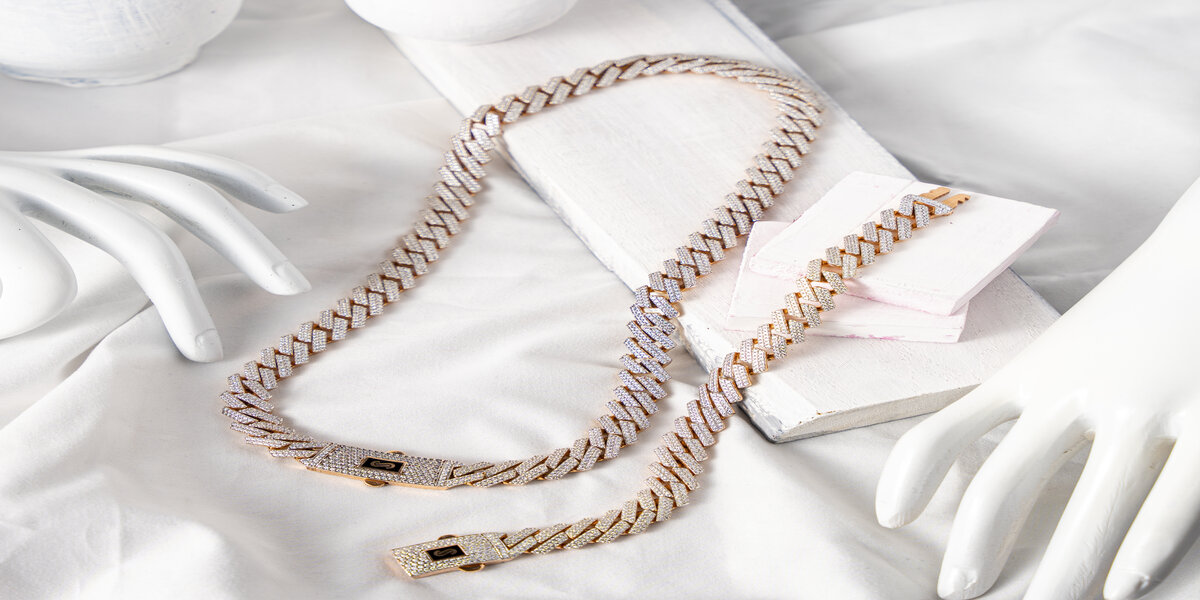
Hey, diva! Look nowhere else for your ideal diamond. You deserve only the finest, and we would love to assist you in your search. Before you get into its shopping hacks, how about touching base with the diamond’s birth story? This precious stone is a thing from several million years ago. Diamonds are the end product of applying acute heat and pressure to graphite, lying about 150 to 200 km under the earth’s crust.
Let us guide you through diamond shopping as you sip your favourite coffee.
The cut is king. It determines the diamond's proportion, symmetry, and polish. What's more, it enhances the diamond's sparkle and scintillation. Wear a well-cut diamond and enjoy those admiring looks!
Light bouncing off a diamond makes it glitter. Spots and flaws mar some diamonds, and more flaws make light harder to travel through, diminishing sparkle. If you are stuck, remember fewer imperfections and more clarity.
Under a carat, flaws and defects are not evident to the untrained eye. Cut and shine are more significant investments.
Strangely, "colourless" would be the best colour for a diamond. The colours start with "D," which means "no colour," and go all the way to "Z." (light yellow). If you don’t know much about diamonds, you would have difficulty distinguishing between diamonds of the same colour family. Still, they do affect the quality and price of a diamond. In the end, diamonds with no colour are the most valuable.
As the size of a diamond grows, the colour stands out more. You will notice this change when buying a diamond weighing two or more carats.
If you fall for a slightly yellow diamond, try putting it on a white gold or platinum band. A perfect combination indeed!
A carat is the diamond's weight. Equal-carat diamonds with various Cs will have variable pricing. Simple. The ideal carat depends on stone size and budget.
Diamonds come in various shapes and sizes: round, pear, heart, princess, oval, cushion, and emerald. The diamond's top contour determines its price. Round diamonds are the most expensive; they reflect light well and sparkle brightly. If your diamond is over 1 carat, we recommend a princess, cushion, or heart cut.
Welcome to Halo! It enlarges the centre stone and also serves as a protective shield. Make a statement with cushion and emerald cuts. They are usually less expensive and also eye-catching.
Choose only a diamond with an "exceptional" or "perfect" cut. Even though the round cut is the most expensive, it hides flaws and a yellowish colour the best. It works as a great cover-up!
The certification is essentially the birth certificate for your diamond. The GIA, HRD, and IGI, three of the world's most reputable and well-known diamond grading laboratories, thoroughly examine and grade each of our solitaire diamonds.